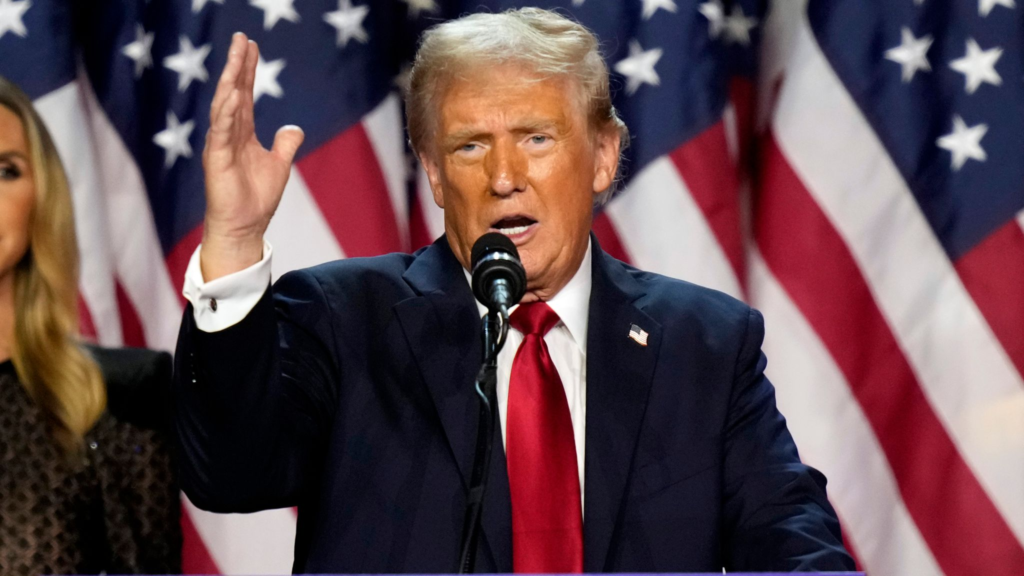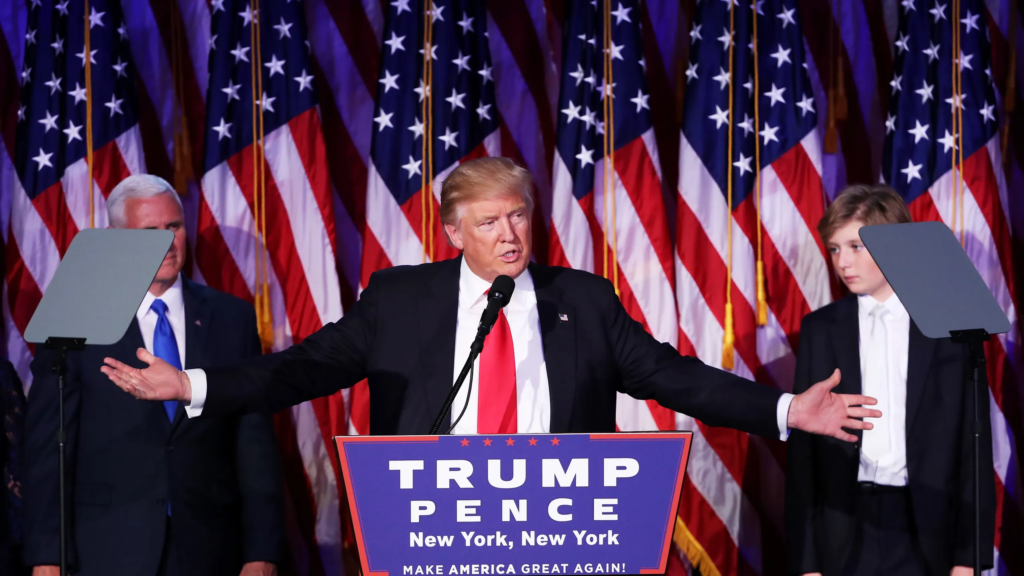As the political landscape in the United States braces for a potential shift, there is growing concern among environmentalists, scientists, and citizens worldwide about what a Trump 2.0 administration might mean for critical global issues like climate change.
With significant progress made under President Joe Biden’s administration, particularly in combating climate change, many fear Trump’s return could lead to substantial setbacks.
Climate Change and the Environment: A Return to Deregulation
Donald Trump’s first term in office was characterized by sweeping rollbacks of environmental protections, with over 100 regulations rescinded or weakened. His stance on climate change was famously dismissive, referring to it as a “Chinese hoax” and advocating for increased fossil fuel production.
If Trump returns to office, his administration could likely follow a similar path, potentially undoing the hard-won progress made by the Biden administration and hindering the fight against global warming.
Biden’s achievements in combating climate change, most notably the passage of the Inflation Reduction Act (IRA), represent the most significant U.S. climate legislation to date. The IRA has committed billions of dollars in clean energy subsidies and tax incentives aimed at reducing carbon emissions.
This progress, however, remains fragile, as many of these changes can be undone through executive orders and policy shifts. Trump has a clear blueprint for doing so: the Heritage Foundation’s Project 2025, which lays out an aggressive plan to dismantle Biden’s climate policies. The plan involves rescinding the IRA, gutting power plant and auto emissions regulations, and expanding fossil fuel production.
Read : ‘Whole world loves Modi’: Trump tells Indian PM in post-victory call
The potential environmental impact is staggering. A June 2024 analysis by the nonprofit Carbon Brief estimates that a second Trump term could result in an additional 4 billion tons of carbon pollution, equivalent to the combined annual emissions of the European Union and Japan.
Read : Donald John Trump Wins US Presidential Election 2024
This outcome would make the United States’ 2030 goal of cutting emissions in half almost impossible to achieve, putting the nation and the world at risk of catastrophic climate consequences.
Economic Implications: A Shift Away from Clean Energy Investment
The potential impact of a Trump administration extends beyond the environment to the economic sphere, where Trump’s approach to energy policy could hinder the growth of the clean energy sector.
The IRA’s clean energy subsidies have been instrumental in supporting solar, wind, and battery projects across the country, many of which are located in Republican districts.
Despite Trump’s opposition to climate action, the economic benefits of these projects have generated bipartisan support. States and local governments have seen job growth, lower energy costs, and investments in infrastructure as a result of these initiatives.

However, Trump’s return could stifle these developments by cutting federal support and blocking access to tax benefits for cleantech projects. In addition to undoing Biden’s climate-related executive orders, a Trump administration could halt government loans to clean energy companies and introduce obstacles for those seeking IRA tax credits.
Furthermore, courts packed with Trump-appointed judges may support efforts to weaken environmental regulations and slow down the transition to clean energy.
Global energy markets, which are gradually shifting towards renewables, may continue to evolve despite the U.S. government’s stance, but the influence of the world’s largest fossil fuel producer cannot be ignored. Without federal support, the pace of innovation and growth in clean energy could falter, limiting the U.S.’s ability to meet its climate goals and potentially ceding leadership in the global energy transition to other nations, including China.
The Role of Local Governments and the Global Community
While a Trump administration might reduce federal support for climate action, hope remains at the local level and within the international community. Across the United States, state and city governments have made substantial efforts to implement climate-friendly policies.
For example, Washington state recently upheld its cap-and-trade program, while cities like Columbus and Nashville have approved upgrades to their public transit systems. These initiatives, though limited in scope compared to federal action, can still make a positive impact on the country’s carbon footprint.
Additionally, the private sector has shown a growing commitment to sustainability, with corporations increasingly investing in clean energy and setting ambitious emission reduction goals. Many of these projects are driven by economic incentives and consumer demand, which may help them endure despite shifts in federal policy.
In fact, much of the IRA’s funding for cleantech projects is directed towards Republican districts, making it likely that GOP politicians will advocate to keep these subsidies in place to benefit their constituents.
Globally, other countries may need to take on an even larger role in climate leadership if the United States steps back. Nations like the European Union and China are already making substantial investments in renewable energy and emissions reductions.
Ironically, a second Trump term might push these countries to accelerate their efforts, further cementing their positions as leaders in the fight against climate change. While the absence of U.S. leadership is a setback, it could also inspire other nations to fill the void.
Challenges Ahead: Balancing Progress and Setbacks
The fight against climate change requires a combination of incentives and regulatory measures to be effective. While the IRA provides valuable subsidies for clean energy, it also requires regulatory “sticks” to discourage fossil fuel use, such as carbon pricing and ending subsidies for oil and gas industries.
These measures, however, are politically difficult to implement and would likely be sidelined in a Trump administration. Without a balanced approach, efforts to reduce emissions and achieve the goals of the Paris Agreement will face substantial hurdles.

For Americans who care about the climate, democracy, and other progressive values, Trump’s potential second term represents a formidable challenge. It underscores the importance of not only voting but also actively engaging in advocacy, supporting local climate initiatives, and working within their communities to push back against federal policies that could harm the planet.
The urgency of climate action cannot be overstated, and Americans who prioritize these issues must continue to pressure leaders at all levels to stay committed to a sustainable future.
A second Trump administration could have far-reaching consequences for climate policy, the economy, and the global balance of power. With the window to mitigate the worst impacts of climate change rapidly closing, any setbacks could have long-lasting repercussions.
Yet, despite the challenges, the commitment of local governments, the private sector, and the international community offers a glimmer of hope. In an era where the stakes are higher than ever, it’s imperative for those who believe in the fight against climate change to remain vigilant, proactive, and engaged.
The potential for “Trump 2.0” to undo critical progress makes it clear that the future of climate action in the United States may depend as much on grassroots efforts and local governance as it does on federal policy. Regardless of who holds office, the push for a sustainable future must continue. The world is watching, and the time for action is now.

